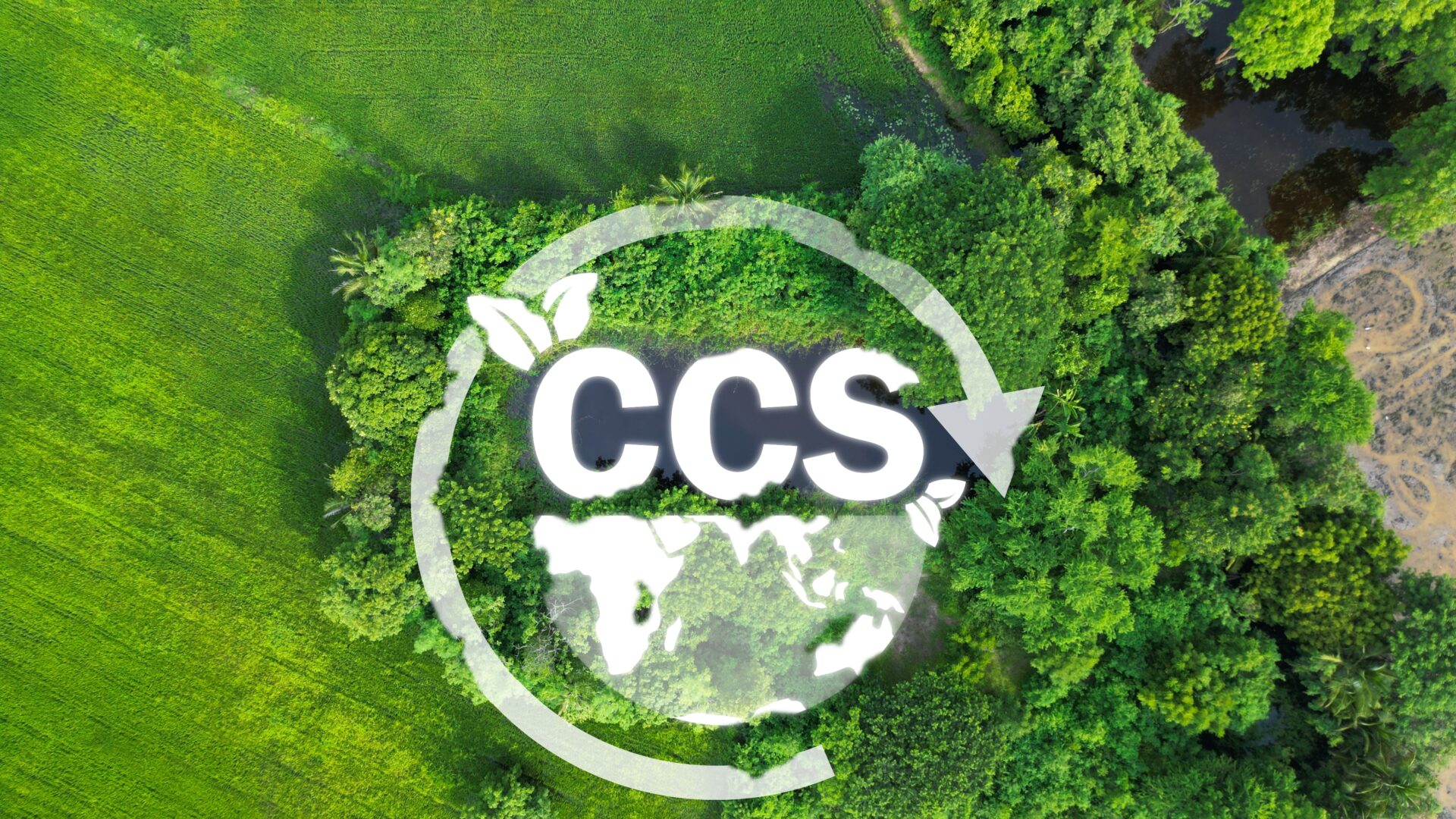
The removal of greenhouse gases from the atmosphere has been highlighted as a critical component of almost every path to achieving the goals set by the Paris Agreement.
In order to support Norway and Europe’s climate-neutrality ambitions, the project NCS C+ will develop and mature four climate-positive technologies that focus on removing large volumes of carbon dioxide (CO₂) and methane from the atmosphere. These four pathways are:
-
- Converting algae and/or waste bio-resources into hydrogen and/or heat with CCS,
- Removing CO2 from the ocean,
- Removing CO2 from the air (often referred to as DAC), and
- Removing methane from the air.
In this interview, Luca Riboldi, a research scientist at SINTEF Energy, shares insights into NCS C+’s research on exploring non-traditional bioresources, converting bioresources into hydrogen (and/or heat), and investigating advanced methods like high-temperature gasification combined with CCS.
- NCS C+ is a part of the broader LINCCS project.
What is Bio-CCS?
Answer: We’re actually using the natural ability of plants to remove CO₂ from the atmosphere. Every living organism absorbs CO₂ and makes it a fuel for life. Photosynthesis is the most obvious process that is used in this way. If this CO₂ is released back into the atmosphere at the end of the life cycle of biomass, then we are actually balancing out what has been taken out in the first place.
If, on the other hand, the CO₂ that has been previously absorbed is not released back but stored away from the atmosphere, then we are removing CO₂ and generating these negative emissions. To do that, we are leveraging carbon capture and storage (CCS) technology, which is indeed allowing to make sure that CO₂ is separated from other non-climate altering gases and stored away. So, in that way, we can generate a negative emission with Bio-CCS.
What biomasses can be used in Bio-CCS?
Answer: We’ve been using biomasses as energy sources for a long time – trees are the most common one. But then there are also other sets of biomasses that are less obvious because they’re normally considered to be waste products. So, this can be waste from the agricultural sector, like manure, to waste from our cities. Some examples of city waste are sewage sludge and, maybe even more relevant, municipal solid waste, which is the waste that we produce every day, even in our homes. What is not so much known is that this waste has a significant fraction that has a biogenic origin. For example, in Norway, this is about 50 percent.
What biomasses are being studied by the project?
Answer: In NCS C+, we’re going to study biomasses that are relevant for the Norwegian case. And this is mainly products from forestry management, so timber or trees in general, as well as tree products, but also waste. So we’re going to look into, for instance, the possibility of using municipal solid waste. And another important part is that we’re also going to address the option of using seaweed and growing seaweed in order to have an additional sustainable source of biomass. We see that that has the potential to become relevant in the medium to long term.
How can we capture CO₂ from these biomasses?
Answer: So, what we are actually looking in is gasification, which is a high-temperature chemical process that allows us to convert biomass into something called a synthetic gas or syngas, which is a gas which is made up of CO₂ and hydrogen mainly. We’re then going to use the CO₂ capture technologies available to separate the CO₂, and similar technologies to purify the hydrogen. The CO₂ has then been removed from the atmosphere, and we are hopefully delivering negative emission, while we’re going to be left with hydrogen, which is actually an interesting and attractive fuel that is predicted to have a very important role for the decarbonisation of our societies in the future.
Why is Bio-CCS important?
Answer: So, why is Bio-CCS important to have in our portfolio of options to remove CO₂? First of all, it’s about the scalability of the solution. The biomass-related solution involves volumes that allow us to cover large ground in terms of the goals of removing CO₂ from the atmosphere that we need to achieve to reach net zero. The second part is that it’s the only pathway that we’re considering that is actually producing energy and not only consuming energy, as well as being expected to remove CO₂ in a cost-efficient manner.
In the project, we have performed a study mapping the availability of biomass in Norway and the results are quite interesting. We have a big potential to deliver negative emissions in the order of several million tons of CO₂ negative emissions.
Explainer video: The Norwegian Continental Shelf: A Driver for Climate-Positive Norway (NCS C+)
Find out more about the other technologies being investigated by NCS C+:

0 comments on “Q&A: Using non-traditional bioresources for Bio-CCS”